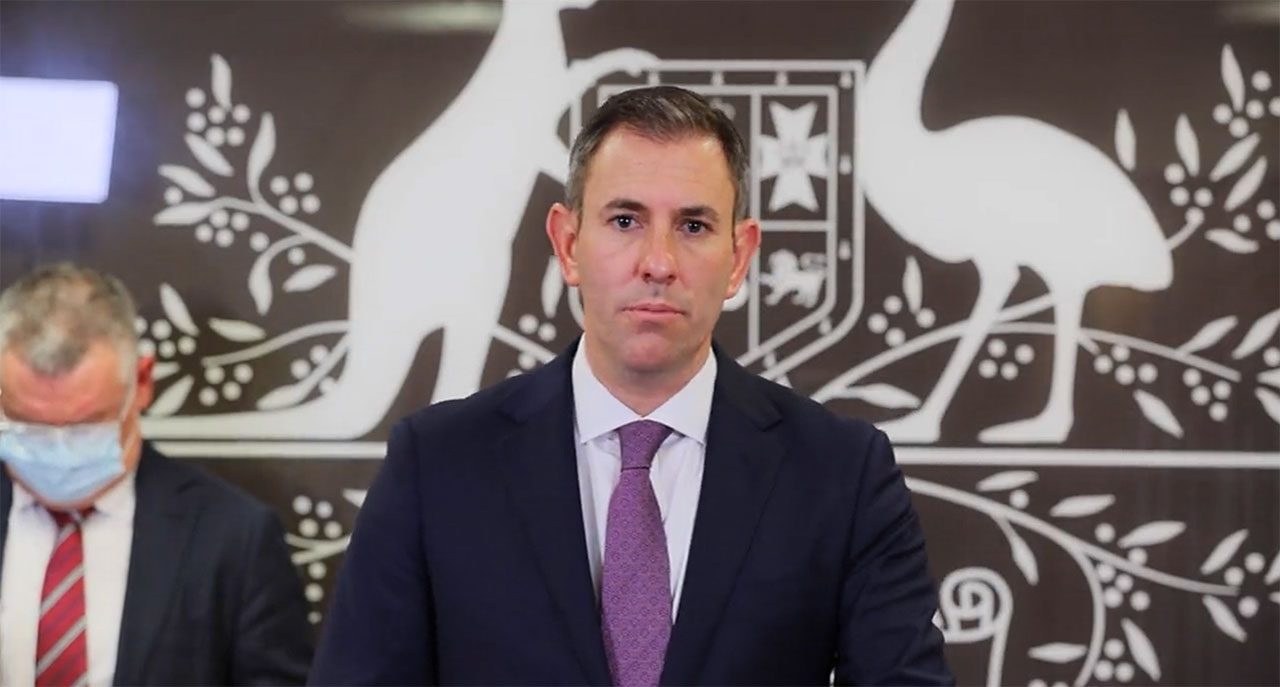This article is from the Australian Property Journal archive
THE government will forego $71.7 billion in collections through capital gains tax (CGT) exemptions this year, and a further $24.4 billion in rental deductions, as it sought to alleviate concerns it would start going after tax concessions en masse in a bid to balance the budget.
On the same day Treasury released the annual Tax Expenditures and Insights Statement, Prime Minister Anthony Albanese did announce the tax on super earnings over $3 million would double in two years, from 15% to 30%.
Albanese said up to 99.5% of Australians with superannuation wouldn’t be affected by the reform. The move is expected to bring in about $2 billion in additional revenue over a four-year period.
“We don’t begrudge anyone who has made a lot of money or saved a lot of money or takes advantage of the tax breaks that are legitimately available to them,” Chalmers said.
“We want to make that clear. If you’ve done well in super, that’s a good thing,”
“We are not trying to diminish anybody’s superannuation balance. As the Prime Minister said, this is a prospective change that comes in a couple of years’ time, and it’s about future earnings over a certain balance that people have.”
Australia’s 10 largest tax expenditures total about $150 billion, more than a quarter of all tax collections.
The statement revealed the capital gains tax main residence exemption is tipped to reach $22 billion in FY23. Capital gains or losses on the disposal of an individual’s main residence and up to two hectares of adjacent land are exempt from CGT, to the extent the dwelling is used as a home.
The discount component of the main residence exemption will hit $26 billion this year. Disposals of other assets by individuals or trusts receive a CGT exemption applying to 50% of any nominal gain where the asset has been owned for at least 12 months.
CGT discounts for individuals and trusts – including property investors – are expected to total nearly $23.7 billion this year. More than one million tax filers realised a capital gain in 2019–20; of those, over half also benefited from the capital gains discount for individuals and trusts. Nearly 91% of the total benefit was received by tax filers with above-median taxable income, and 75% by the top 10% of tax filers.
Meanwhile, rental deductions are expected to lift to $26.6 billion in FY23. Rental property investors can claim deductions for expenses associated with maintaining and financing property interests. These include interest, capital works and other deductions required to maintain their rental property.
Treasury estimates around 2.4 million people claimed $51.3 billion of rental deductions in 2019–20, which would result in a total tax reduction of $18.6 billion. Of the total number of people with rental deductions, almost half – or 1.3 million – had a rental loss, known as negative gearing, which added up to total rental losses of $10.2 billion. These rental losses provided a tax benefit of around $3.6 billion in 2019–20.
No mention of scrapping negative gearing was made by the government yesterday. Under previous Labor leader Bill Shorten, Labor had promised to tackle tax concessions including negative gearing in their ill-fated 2019 election campaign.
Under Albanese, the opposition steered clear of those policies for its much more successful 2022 tilt.
Chalmers said the Tax Expenditures and Insights Statement is a requirement under the Charter of Budget Honest – “it’s not a statement of policy or intent”, he said.
“Greater transparency will help increase public awareness and inform debate about the fairness and efficiency of the tax system.
“Since coming to office, the Albanese government has been upfront and consistent about the challenges facing the economy and the budget.
“As well as the cost of servicing a trillion dollars of debt, Australia also faces fast-rising expenditure in areas such as health, the NDIS, aged care and defence.”




